Two years before my mother died in 1992, she sent a list of her important belongings—furniture, certain pictures, family heirlooms, that sort of thing—to her children and asked us to consider the ones we wished to own in the event of her death. We later met at her townhouse and selected those possessions we desired. If two or more of us wanted the same object, a flip of a coin determined the contest
After her death, the six of us assembled again at her house, claimed those things we had already chosen, and then faced the onerous task of divvying up several hundred less significant pieces: coffee mugs, holiday plates, books, jewelry, kitchenware, Mom’s decoupage pieces, and all those objects—bookends, statuary, vases—that the shelves in most homes collect as surely as they collect dust.
I am not sure who came up with the idea, but we decided to place these items on Mom’s dining room table six or more at a time and then point on the count of three to the object we wanted. Whenever two or more us pointed at the same object, a flip of the coin again decided the new owner.
This process of selection may sound morbid, but Mom’s belongings had to leave her townhouse and this rough procedure worked as well as any.
During one of these selection sessions, the dinner bell arrived on the table. Apprehensively, I expected all of my siblings to point at the bell. After all, that piece of brass and wood had summoned us to meals for most of our childhoods. No matter what we were doing, when that bell rang we knew to come running. So with the countdown—“On, two, three, point”—I whipped out my forefinger and held it an inch from the bell.
The fingers of my siblings were aimed elsewhere.
“What’s wrong with you guys?” I said, chuckling and collecting the bell. “Why wouldn’t you want the Boonville dinner bell?”
They burst out laughing. “That’s not the dinner bell,” one of them said. “Don’t you remember? The dinner bell was three times as large and hung on a wall outside the kitchen.”
With those words, my memory shifted, and the dinner bell appeared in my mind exactly as described, three times as large as this bell and hanging from the wall beside the kitchen door. You rang that bell by swinging a clapper side to side by means of an attached bit of rope. The bell to which I had so fervently pointed was a hand bell, a decoration, and I had no idea why Mom had wanted to own it.
From that moment on, I determined to invest that bell the bell with a meaningful history.
For the next twelve years, that bell called my children from playing in the yard to supper. Sometimes it rang them to come from the third floor to the first. Sometimes it called them to school. That bell sat on a shelf in our kitchen in the Palmer House, center of operations in those days, and I rang it whenever the occasion presented itself.
Who has not invested a physical object with their personality? Who has not clung to a T-shirt until the cotton fiber has turned to rags? Who hasn’t loved a car, treasured some trophy or statue, guarded as if holy some tattered book, some letter from a beloved, some silly toy from childhood?
Some objects appeal to us because of what they are: a cross, a star of David, a flag. Others are heirlooms—great-grandmother’s press, Aunt Matilda’s teapot, a Confederate sword from a distant relative who died at Petersburg—all carefully handed down from generation to generation, treasured for their venerability and their place in family lore. Some are gifts from special occasions or with special meanings—a bracelet given by a best friend in third grade, a dried rose from a high school prom, a drawing from one of our children that eased the pain of a terrible day.
And then there are those odd bits we ourselves collect over the years, the possessions that acquire their meaning by use and by the occasion we associate with them. That common seashell we picked from the beach? It reminds us of the loved one who walked with us that morning at sunrise, never to walk beside us again. That battered baseball cap stained with sweat and worn with time? A gift from long ago from our brother, who now lives three thousand miles away on another coast. That Cutco knife we bought twenty years ago from a student working a summer job; that journal given us by our ten-year-old daughter on our fortieth birthday, that Jeffersonian mug we bought at Monticello: such simple things may achieve totemic status, filled with a mystery known but to ourselves.
Why did my mother own that hand bell to which I had pointed on the dining room table? Did that bell have some special significance for her? Did it spark certain memories?
I have no idea.
But my children will remember the sound of that bell. They will remember its clanging as it called them from play to dinner or school, or from the third floor of the Palmer House to the kitchen.
My children will remember. And someday they will stand at a table, point at that bell, and then flip a coin.
I am not sure who came up with the idea, but we decided to place these items on Mom’s dining room table six or more at a time and then point on the count of three to the object we wanted. Whenever two or more us pointed at the same object, a flip of the coin again decided the new owner.
This process of selection may sound morbid, but Mom’s belongings had to leave her townhouse and this rough procedure worked as well as any.
During one of these selection sessions, the dinner bell arrived on the table. Apprehensively, I expected all of my siblings to point at the bell. After all, that piece of brass and wood had summoned us to meals for most of our childhoods. No matter what we were doing, when that bell rang we knew to come running. So with the countdown—“On, two, three, point”—I whipped out my forefinger and held it an inch from the bell.
The fingers of my siblings were aimed elsewhere.
“What’s wrong with you guys?” I said, chuckling and collecting the bell. “Why wouldn’t you want the Boonville dinner bell?”
They burst out laughing. “That’s not the dinner bell,” one of them said. “Don’t you remember? The dinner bell was three times as large and hung on a wall outside the kitchen.”
With those words, my memory shifted, and the dinner bell appeared in my mind exactly as described, three times as large as this bell and hanging from the wall beside the kitchen door. You rang that bell by swinging a clapper side to side by means of an attached bit of rope. The bell to which I had so fervently pointed was a hand bell, a decoration, and I had no idea why Mom had wanted to own it.
From that moment on, I determined to invest that bell the bell with a meaningful history.
For the next twelve years, that bell called my children from playing in the yard to supper. Sometimes it rang them to come from the third floor to the first. Sometimes it called them to school. That bell sat on a shelf in our kitchen in the Palmer House, center of operations in those days, and I rang it whenever the occasion presented itself.
Who has not invested a physical object with their personality? Who has not clung to a T-shirt until the cotton fiber has turned to rags? Who hasn’t loved a car, treasured some trophy or statue, guarded as if holy some tattered book, some letter from a beloved, some silly toy from childhood?
Some objects appeal to us because of what they are: a cross, a star of David, a flag. Others are heirlooms—great-grandmother’s press, Aunt Matilda’s teapot, a Confederate sword from a distant relative who died at Petersburg—all carefully handed down from generation to generation, treasured for their venerability and their place in family lore. Some are gifts from special occasions or with special meanings—a bracelet given by a best friend in third grade, a dried rose from a high school prom, a drawing from one of our children that eased the pain of a terrible day.
And then there are those odd bits we ourselves collect over the years, the possessions that acquire their meaning by use and by the occasion we associate with them. That common seashell we picked from the beach? It reminds us of the loved one who walked with us that morning at sunrise, never to walk beside us again. That battered baseball cap stained with sweat and worn with time? A gift from long ago from our brother, who now lives three thousand miles away on another coast. That Cutco knife we bought twenty years ago from a student working a summer job; that journal given us by our ten-year-old daughter on our fortieth birthday, that Jeffersonian mug we bought at Monticello: such simple things may achieve totemic status, filled with a mystery known but to ourselves.
Why did my mother own that hand bell to which I had pointed on the dining room table? Did that bell have some special significance for her? Did it spark certain memories?
I have no idea.
But my children will remember the sound of that bell. They will remember its clanging as it called them from play to dinner or school, or from the third floor of the Palmer House to the kitchen.
My children will remember. And someday they will stand at a table, point at that bell, and then flip a coin.
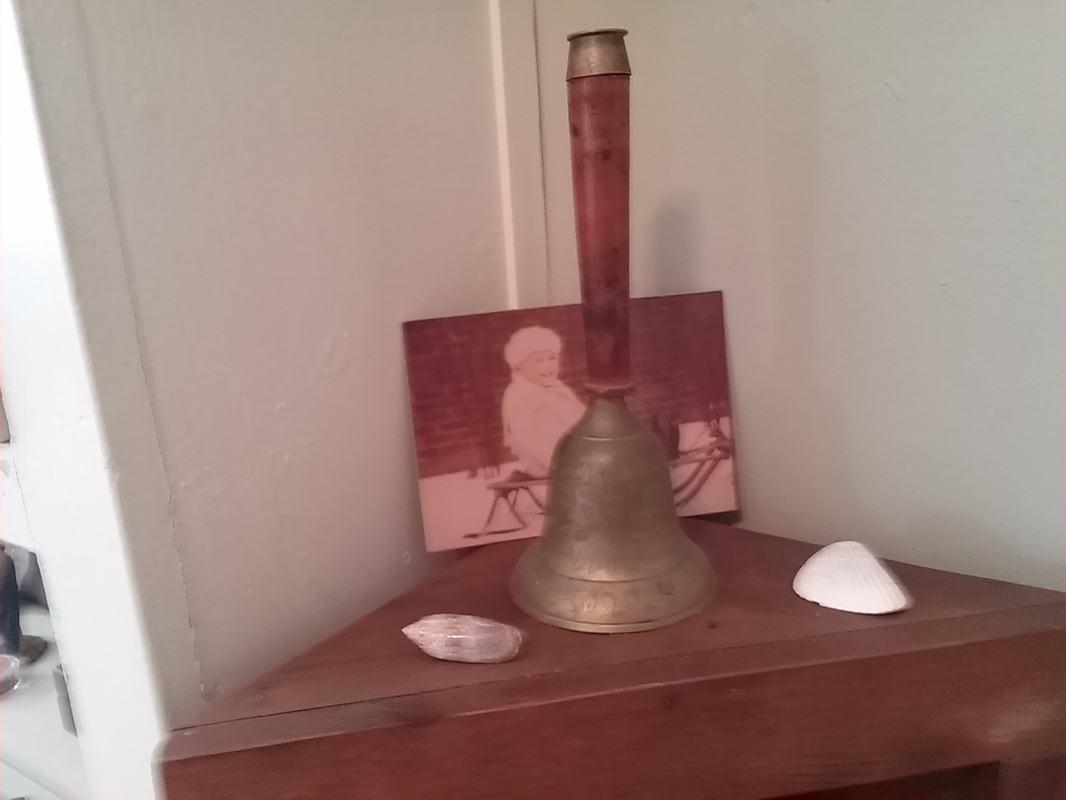
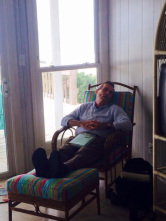
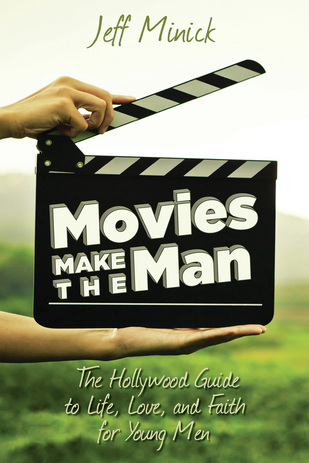

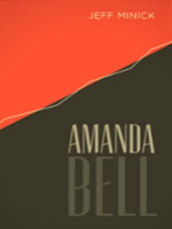
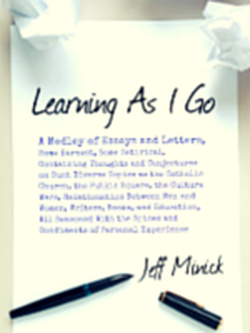
 RSS Feed
RSS Feed